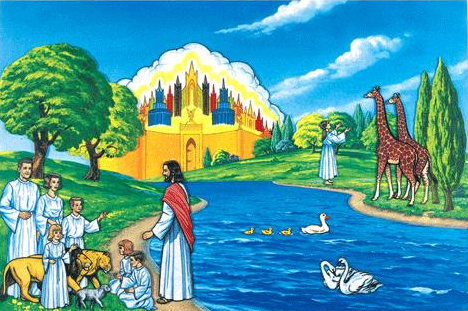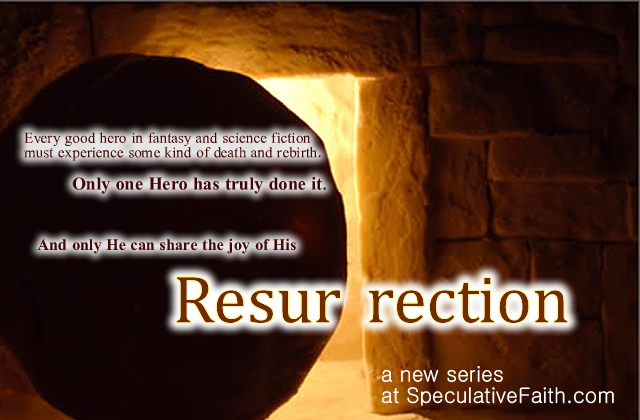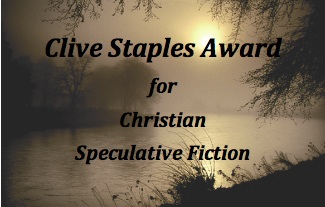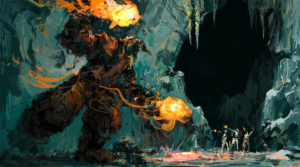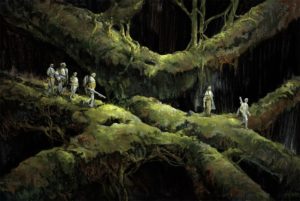Speculation And Biblical Elements
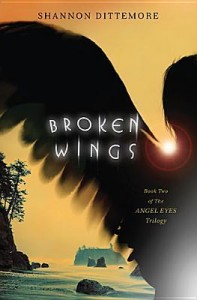 The Christian Science Fiction and Fantasy Blog Tour (CSFF) is currently featuring Broken Wings, Book 2 of the Angel Eyes triology by Shannon Dittemore. I haven’t had time to read the first round of posts yet (those that went up first thing on the east coast), but there are a few article titles that make me think there may be some discussion about how Biblical this Christian speculative fiction is.
The Christian Science Fiction and Fantasy Blog Tour (CSFF) is currently featuring Broken Wings, Book 2 of the Angel Eyes triology by Shannon Dittemore. I haven’t had time to read the first round of posts yet (those that went up first thing on the east coast), but there are a few article titles that make me think there may be some discussion about how Biblical this Christian speculative fiction is.
In the January tour earlier for Angel Eyes, Book 1 of the series, there seemed to be a consensus that the story did not contradict what the Bible says about angels in particular, though it included some speculative material that was … well, speculative.
I thought at the time, And isn’t that the way it should be? After all, I’ve written here in this space that Christians can enjoy a greater degree of imagination because we stay within the parameters Truth creates. It may seem counterintuitive, but nevertheless, I believe this to be so.
In fact, just this past Saturday, my writing group got together, and at one point we began discussing the angelic beings which both Ezekiel and John describe. Here’s the fairly lengthy account, and if you’re not familiar with it, I encourage you to read it in its entirety, because you won’t find anything more otherly in all the Bible, I don’t think. We’d call this speculative literature, but it’s the best Ezekiel could do to describe what he saw, not what he imagined.
As I looked, behold, a storm wind was coming from the north, a great cloud with fire flashing forth continually and a bright light around it, and in its midst something like glowing metal in the midst of the fire. Within it there were figures resembling four living beings. And this was their appearance: they had human form. Each of them had four faces and four wings. Their legs were straight and their feet were like a calf’s hoof, and they gleamed like burnished bronze. Under their wings on their four sides were human hands. As for the faces and wings of the four of them, their wings touched one another; their faces did not turn when they moved, each went straight forward. As for the form of their faces, each had the face of a man; all four had the face of a lion on the right and the face of a bull on the left, and all four had the face of an eagle. Such were their faces. Their wings were spread out above; each had two touching another being, and two covering their bodies. And each went straight forward; wherever the spirit was about to go, they would go, without turning as they went. In the midst of the living beings there was something that looked like burning coals of fire, like torches darting back and forth among the living beings. The fire was bright, and lightning was flashing from the fire. And the living beings ran to and fro like bolts of lightning.
Now as I looked at the living beings, behold, there was one wheel on the earth beside the living beings, for each of the four of them. The appearance of the wheels and their workmanship was like sparkling beryl, and all four of them had the same form, their appearance and workmanship being as if one wheel were within another. Whenever they moved, they moved in any of their four directions without turning as they moved. As for their rims they were lofty and awesome, and the rims of all four of them were full of eyes round about. Whenever the living beings moved, the wheels moved with them. And whenever the living beings rose from the earth, the wheels rose also. (Ezekiel 1:4-19)
In part those of us discussing these descriptions were trying to understand what it was Ezekiel saw, but we were also speculating about our reaction. In Heaven will we have the same kind of fearful awe that make Ezekiel fall on his face or made John act as a dead man? In other words, we were wondering what it would be like to see the supernatural.
And guess what the Angel Eyes series is about? In essence it’s asking what a contemporary teen sees when she’s given the gift of viewing the supernatural.
In fact, the epigraph in Book 1 is a quote from 2 Kings when Elisha, in a city surrounded by an enemy army, told his servant not to be afraid because those with them were greater in number then those opposed to them. He then prayed that God would open the servant’s eyes. As a result, the man saw “horses and chariots of fire” filling the mountain.
Apparently Elisha had “angel eyes” and could see these supernatural forces all along, but the servant, in answer to prayer, had a moment of clarity when he could see beyond the veil of this mortal existence.
My point is this: Seeing the supernatural is Biblical though it is far from common. So why not read stories that speculate what might happen if someone today could see the way Elisha did, or at least the way his servant did?
As I may have said before, I’m generally not a fan of angel and demon stories, largely because the ones I’ve read have places that contradict Scripture. Those bother me as much as historical fiction does when it strays from the truth. OK, more. I don’t like writers tampering with the truth.
 But is speculating, “tampering with the truth”? I don’t believe so. If Scripture is silent–and it is to a large extent when it comes to the spiritual warfare raging in the heavens, the kind Michael told Daniel had caused the delay to the answer to his prayer–then are we forbidden from wondering what that looks like?
But is speculating, “tampering with the truth”? I don’t believe so. If Scripture is silent–and it is to a large extent when it comes to the spiritual warfare raging in the heavens, the kind Michael told Daniel had caused the delay to the answer to his prayer–then are we forbidden from wondering what that looks like?
In truth John Milton did much the same, but I suspect that fewer and fewer people are reading Milton these days.
But what about angel books that are entirely fanciful, that create, for example, a world in which angels can be trapped on earth and end up marrying humans? Such fanciful stories are as factually accurate in painting angels as the Harry Potter books are in painting Biblical witches and wizardry.
If we say, no, we ought not to speculate about Biblical realities, does that mean we ought not to speculate about humans, too, since we also are Biblical?
Here’s how I resolve all this–see what you think. If a story includes supernatural beings and treats them as real, they ought not contradict Scripture, which does not mean the story cannot speculate about things unknown. However, if the story includes supernatural beings in a fantasy world with no attempt to align them to the beings which appear in Scripture, then there is no “contradiction with Scripture” since there is no aligning with Scripture. In the same way that “Mr. Toad’s Wild Ride” doesn’t contradict Scripture, neither would a story about make-believe angels.
Clearly the Angel Eyes trilogy falls into the former category. The angels and demons are treated as actual, real creatures, but they do not contradict what little Scripture says about angels and demons. In fact, if anything, they make the unseen spiritual activity seem present and powerful and part of what’s happening in the here and now.
But I’m interested in your thoughts. What was your reaction to Angel Eyes or Broken Wings or any other story that you’ve read with angels and/or demons? What’s your reaction to the way I resolve stories that include supernatural beings?



































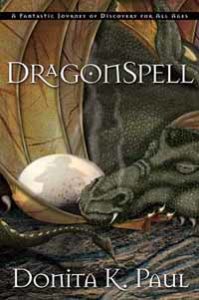
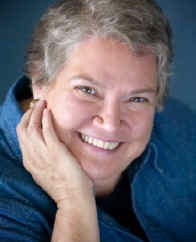


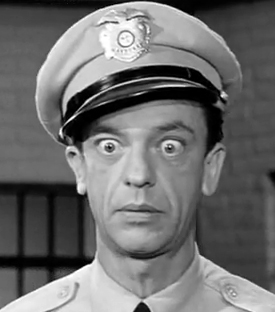

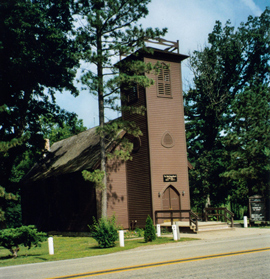
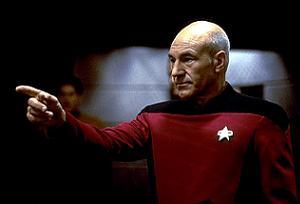
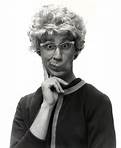


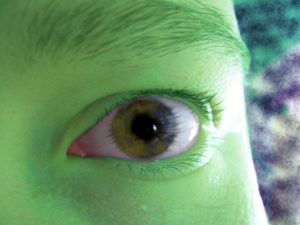
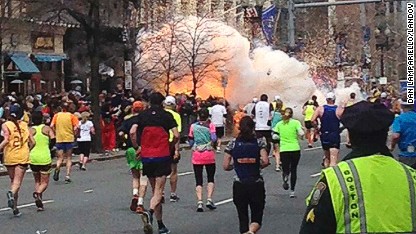

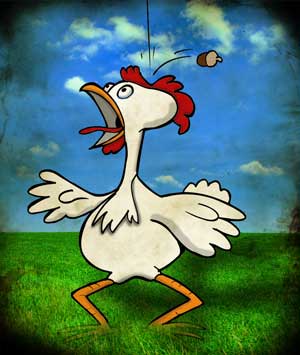

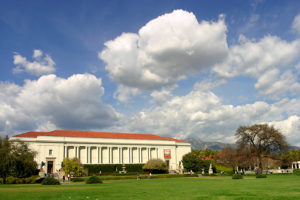





 Morgan L. Busse writes speculative fiction for the adult market. She is the author of Daughter of Light and
Morgan L. Busse writes speculative fiction for the adult market. She is the author of Daughter of Light and 